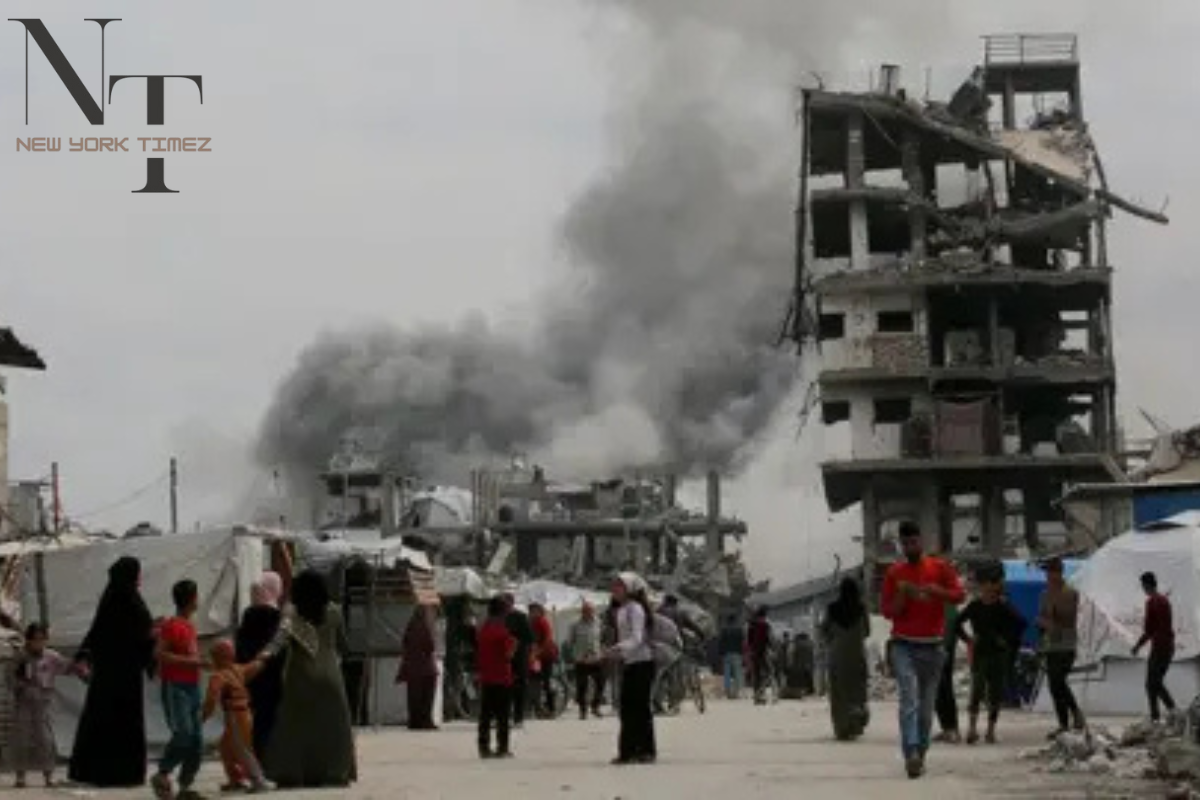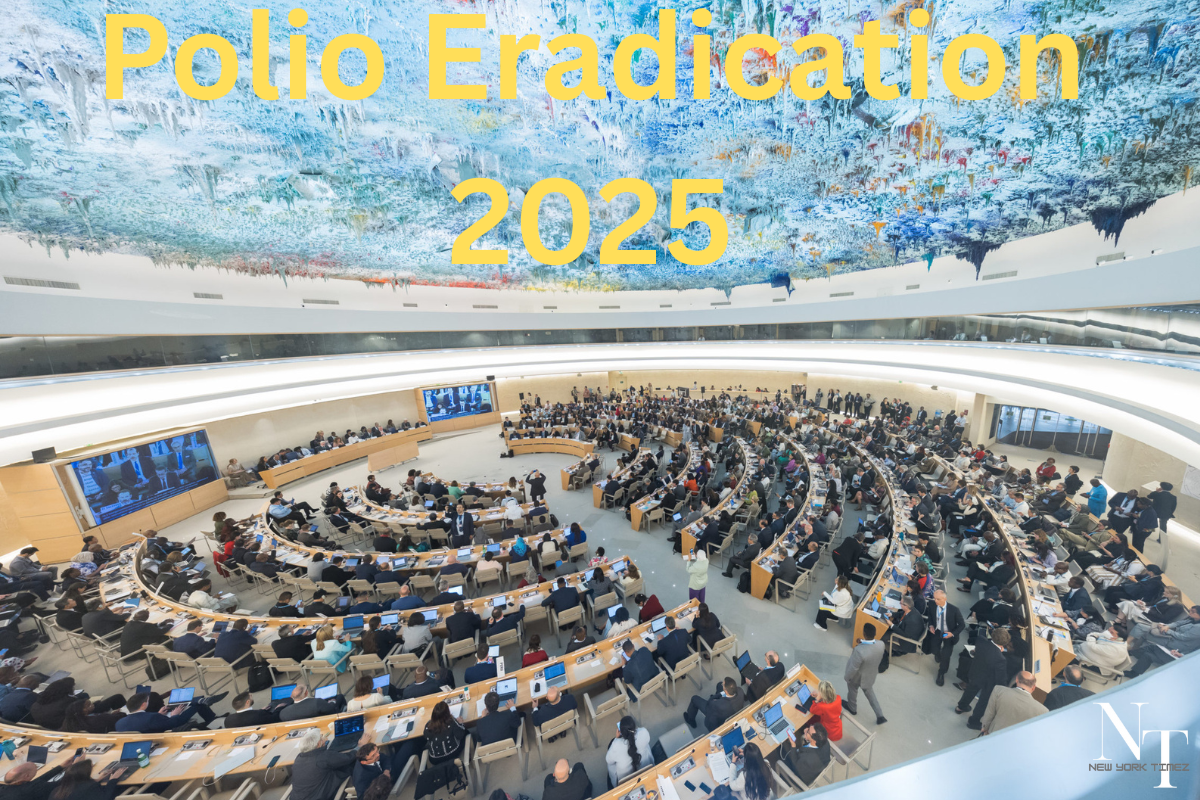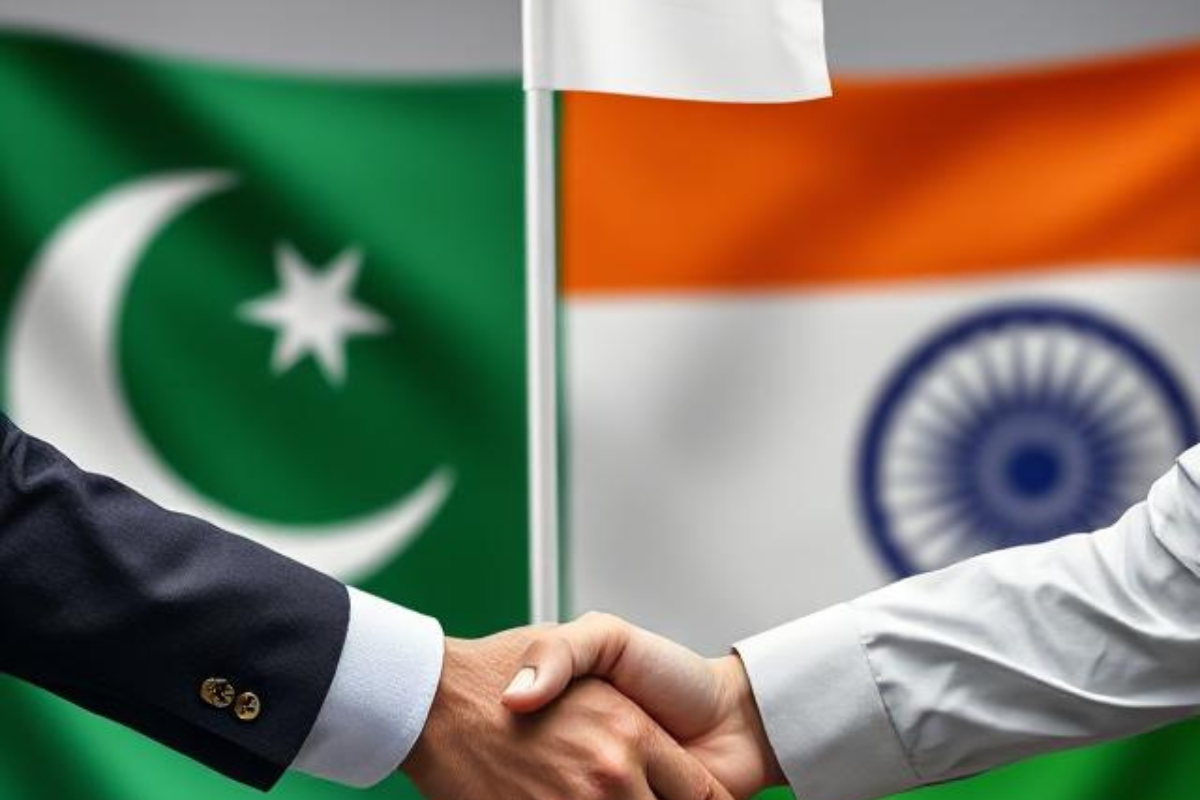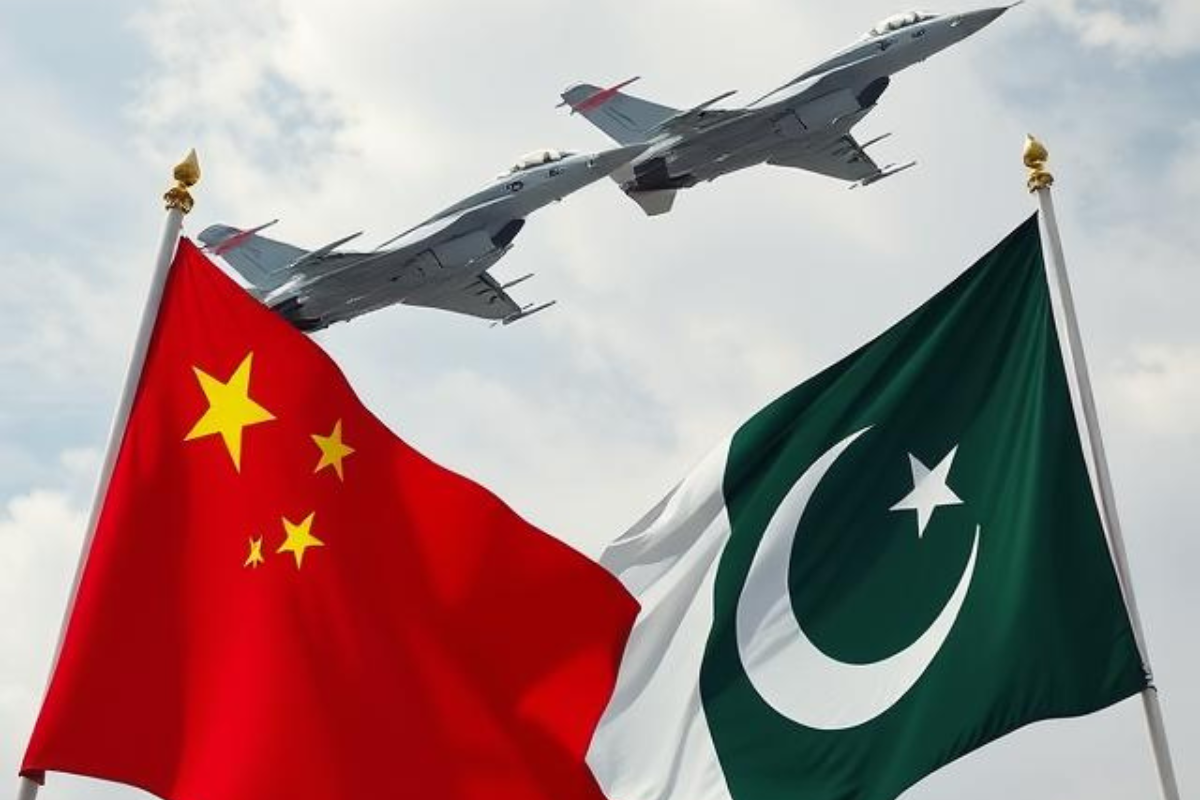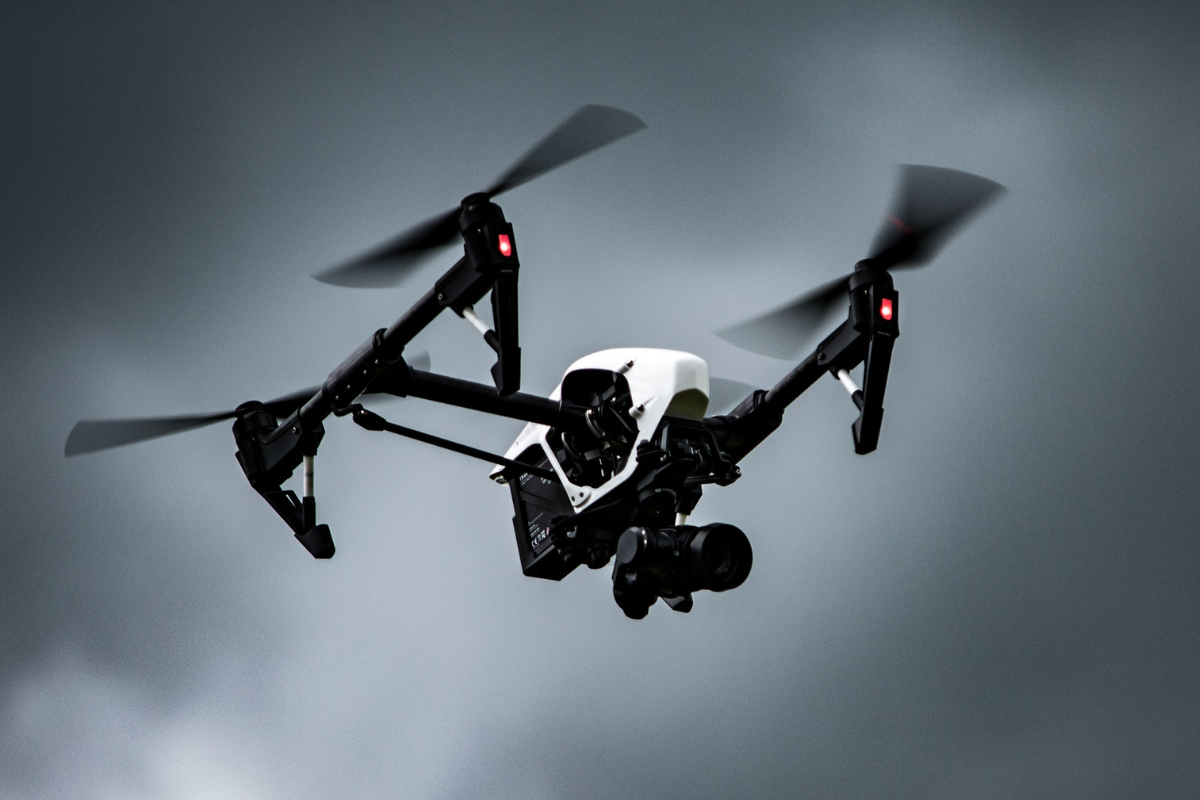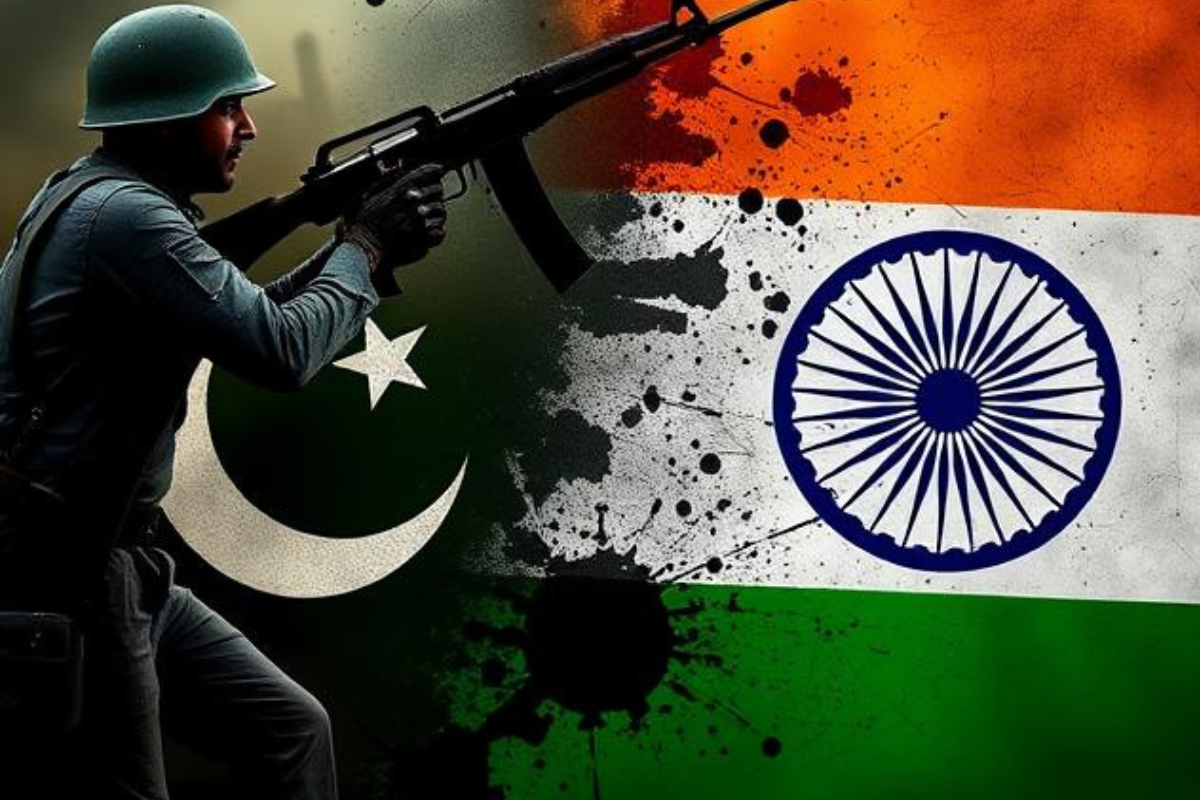
Khuzdar School Bus Attack: Tragedy, Tensions, and Geopolitical Ramifications
The Khuzdar school bus attack on May 21, 2025, will be remembered as one of the most devastating acts of terrorism to target children in recent years. It wasn’t just an attack on innocent students—it was an assault on the fabric of hope, education, and peace in Pakistan. Taking place in the restive province of Balochistan, this cowardly act left the nation in mourning, shocked the international community, and reignited a war of words between nuclear-armed neighbors, Pakistan and India.
In this in-depth article, we explore the details of the attack, the loss it caused, the political blame game that followed, the historical context of Balochistan’s unrest, and the broader implications for regional peace and security.
The Attack: What Happened in Khuzdar?
On the morning of May 21, a school bus carrying children from Army Public School was traveling through the Zero Point area near the Quetta-Karachi highway. It was a routine day. Children in uniforms chatted, laughed, and prepared for another day of learning. But just moments later, everything changed. A suicide bomber, reportedly driving a motorcycle or small vehicle, rammed into the bus and detonated an explosive device.
The blast was massive, echoing across the region. The aftermath was horrifying—burning metal, shattered glass, bloodied uniforms, and the cries of the wounded filled the air. First responders, parents, and locals rushed to the scene, some in disbelief, others in rage.
At least six people, including three schoolchildren, lost their lives. Over 40 others, most of them minors, were critically injured. Emergency services transported victims to nearby hospitals, while authorities cordoned off the area and began their investigation.
National Grief and Condemnation
The nation of Pakistan stood still in shock and grief. Images of injured children in school uniforms, some still clutching their bags, circulated across television and social media. Vigils were held across cities. Parents who sent their children to school never expected to see them return in coffins.
Political leaders, religious clerics, celebrities, and civil society groups all condemned the attack in the strongest terms. Flags were flown at half-mast. Educational institutions across Balochistan remained closed in mourning.
But beyond the mourning was a demand for answers: Who was behind this heinous act? And why target innocent children?
Blame and Accusations: Pakistan Points to India
Within hours of the attack, Pakistan’s military leadership made a bold and dramatic accusation: the attack was orchestrated by foreign intelligence agencies, particularly pointing fingers at India. The country’s military spokesperson condemned the attack as not just a random act of violence, but part of a calculated strategy to destabilize Pakistan from within.
According to the official narrative, the attack bore all the hallmarks of proxy warfare—a tactic allegedly used by hostile foreign powers to fan the flames of insurgency and extremism in sensitive regions like Balochistan. The assertion was clear: this wasn’t just terrorism; it was international terrorism sponsored by a neighboring rival.
This accusation didn’t come in isolation. Pakistani officials referenced what they described as a consistent pattern of India supporting militant outfits operating in Balochistan. They cited various prior attacks on infrastructure, military convoys, and Chinese investments in the region as being influenced by foreign hands aiming to derail Pakistan’s progress.
Trending News:- US-EU Trade War: Trump Proposes 50% Tariffs, Targets Apple
India’s Firm Rebuttal
India, in turn, issued a strong rebuttal. The Indian government dismissed Pakistan’s allegations as “absurd” and “politically motivated.” According to India, such claims were baseless and intended to distract from Pakistan’s internal security failures. Indian officials argued that blaming external powers was a convenient tool to avoid addressing deeper issues within Pakistan’s own system.
Furthermore, India emphasized its commitment to peace and development, denying any role in supporting militant organizations. Indian analysts suggested that Pakistan’s repeated allegations were meant to whip up nationalism and shift public opinion.
The exchange quickly escalated into a diplomatic standoff. While Pakistan threatened to present evidence in international forums, India warned against reckless rhetoric that could escalate regional tensions.
The Balochistan Conflict: Historical Context
To understand the dynamics at play, one must consider the long-standing tensions in Balochistan. The region has a history of insurgency, driven by political, economic, and ethnic grievances. Baloch nationalists have long claimed they are denied their fair share of the province’s vast natural resources, and accuse the central government of exploitation and neglect.
Armed separatist groups have carried out attacks on security forces, infrastructure projects, and foreign nationals—especially those connected to the China-Pakistan Economic Corridor (CPEC). In return, the Pakistani military has launched multiple operations to crush insurgent activities.
Amid this volatile landscape, any terror attack in Balochistan quickly becomes entangled with narratives of separatism, foreign interference, and counterinsurgency.
Why a School Bus? Targeting Innocence?
The choice of a school bus as a target was not just shocking—it was symbolic. Attacking children strikes at the very heart of a society. It aims to instill maximum fear, disrupt normalcy, and generate outrage that reverberates far beyond the blast site.
By attacking schoolchildren, the perpetrators sent a chilling message: even the most vulnerable are not safe. Such tactics have been used by extremist groups in the past to grab attention, create headlines, and showcase their reach.
But this also raises serious questions about the motives behind the attack. Was it meant to sabotage Pakistan’s military image, given that the school was an Army Public School? Was it aimed at creating internal unrest or provoking external conflict?
Fallout and National Security Measures
In the wake of the attack, Pakistan’s security apparatus swung into action. Checkpoints were increased, intelligence operations were ramped up, and security around schools and government institutions was intensified.
The Counter-Terrorism Department (CTD) initiated an investigation, focusing on the possibility of sleeper cells or cross-border coordination. Several individuals were picked up for questioning. Investigators examined CCTV footage, mobile signals, and forensic evidence from the blast site to determine the bomber’s identity and network.
At the same time, the government vowed that those responsible—both within and beyond the borders—would be brought to justice.
Geopolitical Implications: Rising Tensions in South Asia
The Khuzdar attack isn’t just a tragedy for Pakistan—it’s a flashpoint in a fragile regional balance. Pakistan and India have fought multiple wars, and their relationship remains tense despite occasional diplomatic engagements. When an act of terrorism is blamed on one by the other, it fuels mistrust, disrupts dialogue, and increases the risk of escalation.
Moreover, both countries are nuclear-armed, meaning any escalation—even rhetorical—carries grave consequences. The international community, especially neighboring countries and global powers, has urged restraint and called for a thorough, unbiased investigation.
Beyond the bilateral level, incidents like these can affect regional cooperation projects, disrupt trade, and reduce investor confidence. They also undermine anti-terrorism cooperation at platforms like SAARC, which already struggles with political divisions.
Children and Conflict: Psychological Impact
While politics dominates headlines, the true victims are the children—the survivors who now carry physical and emotional scars. Those who lost friends, those who saw their school turn into a battlefield, those who will never ride a school bus without fear again.
Psychologists have warned of the long-term trauma such attacks can inflict on children. Symptoms like anxiety, nightmares, depression, and learning difficulties are common among young survivors of violent attacks. Without proper mental health support, this trauma can fester for years.
Efforts must be made to ensure that survivors receive counseling, families get support, and schools are turned back into places of safety and comfort.
What’s Next: Justice, Security, and Healing
The road ahead for Pakistan involves multiple challenges. First, there is the need for justice. Tracking down the masterminds and networks behind the attack is essential—not just to punish the guilty, but to prevent future tragedies.
Second, there is the matter of security reform. Terrorist elements exploiting gaps in security infrastructure must be neutralized. Intelligence sharing, both domestically and with friendly nations, must be improved.
Third, there’s a need for healing. Pakistan must support victims’ families, rebuild public trust in institutions, and promote unity over division.
Conclusion
The Khuzdar school bus attack was more than just a terrorist act—it was a wound to the soul of a nation. It revealed how deeply terrorism still threatens peace in South Asia. It reignited dangerous geopolitical rivalries and reminded the world that children are too often the victims of wars they did not start and politics they do not understand.
What Pakistan—and the region—does next will determine whether this tragedy becomes just another statistic or a turning point toward genuine peace, accountability, and protection of the most vulnerable.
